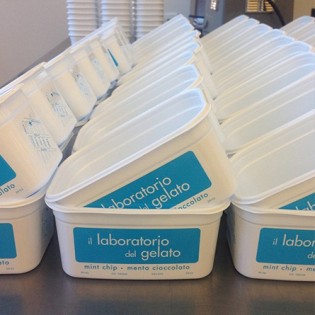Choice of ink is one of the most important steps in the process of making labels. This is because promotional labels are meant to make a single item stand out in an ocean of similar products, grab the consumer’s attention, stir up their desire and drive them to want to own it. As such, one cannot take chances when it comes to their design and printing. Here are some helpful tips to consider when selecting the correct ink:
Substrate
Certain substrates allow one to take advantage of exciting technological options such as the use of lenticular technology. This makes it possible to print out images that offer much higher appeal than the norm by appearing to be 3D, flipping between pictures or even capturing a second or two of video footage.
Additionally, various inks behave differently on diverse surfaces. Hence, depending on the substrate one is going to use, pick an ink that will be easy and cost-effective to print, as well as ensure color fastness and minimal environmental pollution. Water-based inks for instance, are difficult to use on almost all substrates apart from paper.
Special Effects
There are so many types of ink in the market designed to create special effects like decorative metallic effects or texturizing effects that appeal both to sight and to the sense of touch.
Choose an ink that will make it possible to take advantage of any of these desired effects as this will increase product appeal and interest in the market.
Environmental Factors
The surroundings under which the labels will be used play a major role in determining the right choice of ink. For instance, if they are designed for use in an area with limited lighting, it would make sense to use phosphorescent inks. If on the other hand there could be a high risk of damage probably owing to high moisture, varnish or another form of top coating may be applied to provide extra protection.
Intended Use Or Purpose
Not all labels are designed to last forever. Some, like food packaging labels are designed for a one-time use particularly if they contain expiry dates. In such a situation one would be keen to choose an ink that would ensure clarity but avoid focusing so much on durability to cut down on unnecessary cost.
Counterfeiting And Verification
In certain fields, counterfeiting poses a serious threat to normal operations. In such cases, there is the option of using security tagged inks that offer some level of protection by limiting unauthorized reproduction, enabling tracking or helping to prevent shoplifting.
This same technology is applied in assisting customers to verify product authenticity. The use of thermocromatic ink is a fine example of this, whereby there is a color change with the rise or fall in temperature. Another example is that of color shifting inks, in which there is an optical color change as one’s viewing angle is adjusted.
Take into consideration the various factors that may come into play with different products and choose an ink that will help take full advantage of the above technological advancements while remaining cost-effective and successfully reaching the target audience.







